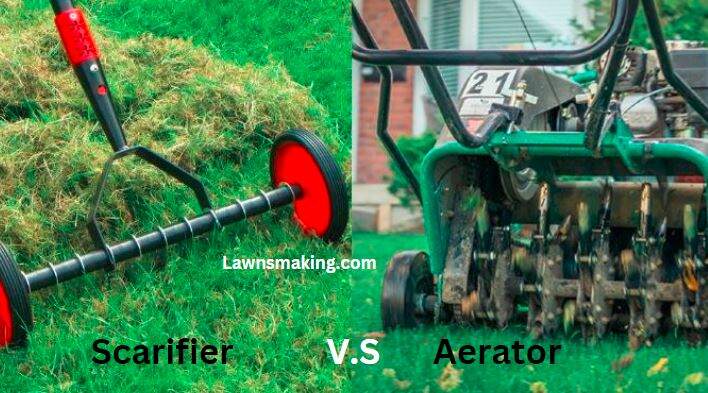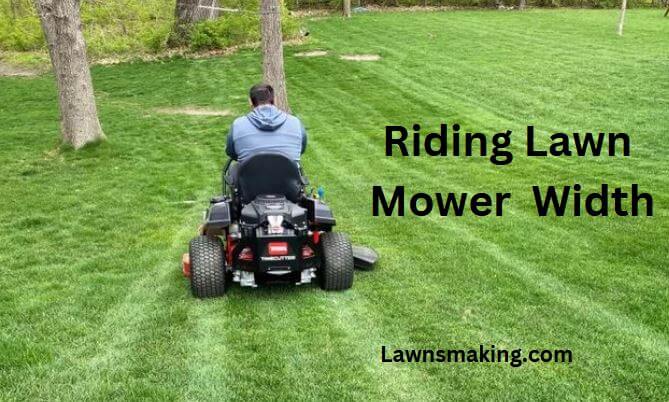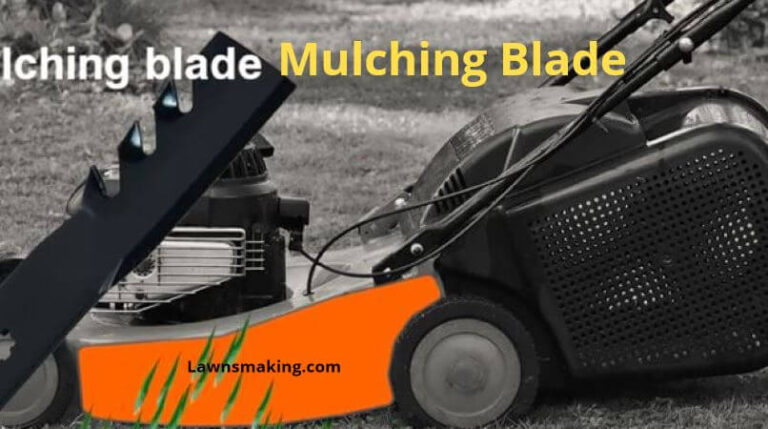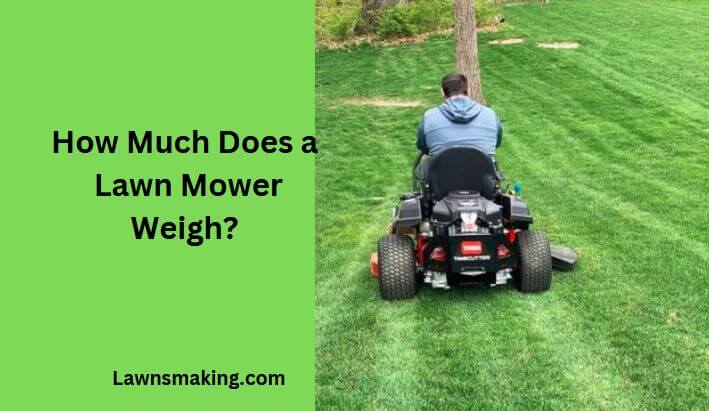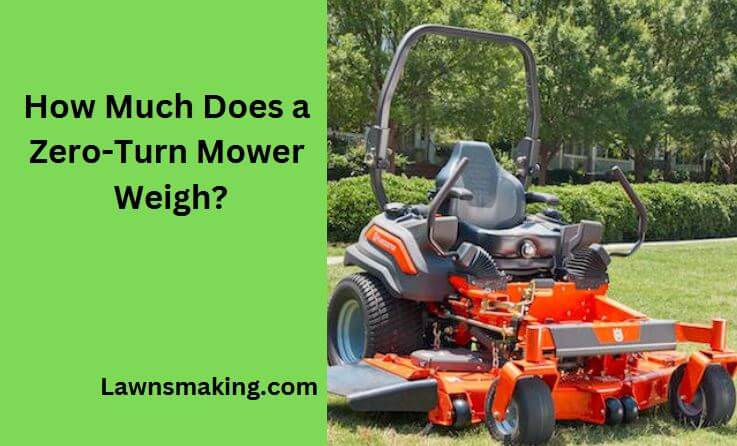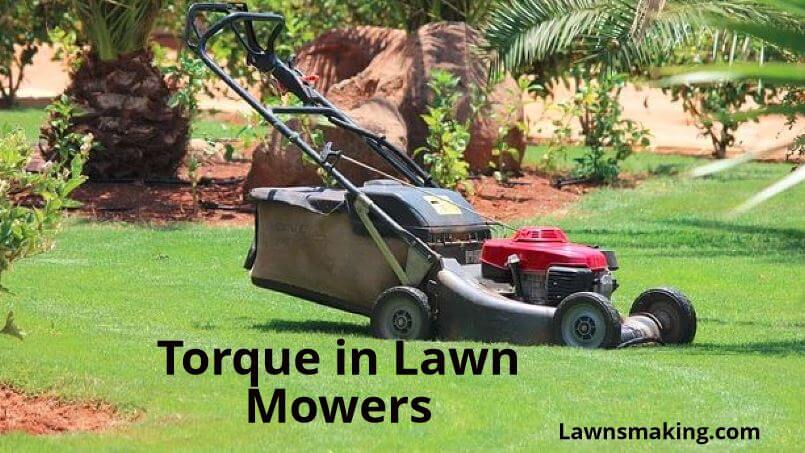
One of the factors to consider when buying a lawn mower is the lawn mower’s torque rating. Once you know this value, you can confidently take home a lawn mower cut for your specific landscaping needs. In that regard, many landscapers wonder, “How much torque does a lawn mower have?”
A lawn mower can have a torque rating of four to seven foot-pounds for small push mowers and a range of 10-30 foot-pounds for commercial-grade lawn equipment. So, the torque rating depends on the size and model of the mower. Whichever the case, all mowers are designed to work effectively.
If you’ve been thinking about what torque rating your lawn mower has, keep on reading this post to get answers to all your questions.
What Is the Torque On a Lawn Mower?
Torque is the rotational force on a lawn mower when its blades spin. The torque on a lawn mower is measured in pound-feet or Newton meters (Nm).
Different lawnmowers and equipment have their own specific torque ratings that depend on factors like;
- Engine size
- Lawn mower design
- Purpose of the lawn mower
Generally, if you have a small push mower, expect its torque to fall on the lower side. Of course, you’ll want to use this mower size on small yards with relatively shorter grass.
Larger, more powerful riding mowers or commercial-grade machines are designed to run on higher torques. Such devices are useful for large yards and overgrown lawns needing heavy-duty interventions.
If you want to know how much torque is on your lawn mower, you can always read the manufacturer’s instruction manual. Still you can also check the specifications provided by the manufacturer on the model.
That said, you should have your machine cutting grass efficiently and fast. That’s, however, not easy if you don’t find a mower that fits your specific requirements in terms of its torque rating.
Take note that the higher the torque of the mower, the better it will perform on your lawn, even in the most challenging conditions, like on inclines and rough terrains. With the correct torque, your lawn mower should remain consistent, handling tough jobs without straining the engine. Hence, a mower on a low torque subjected to bigger mowing jobs will overburden the engine and reduce the quality of work and your mower’s durability.
Torque for Different Types of Lawn Mowers
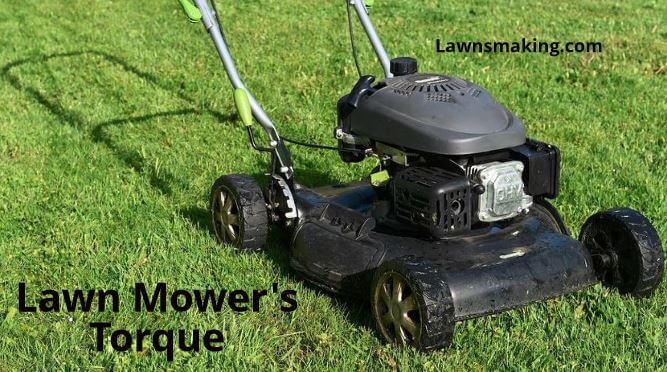
It’s vital to know your lawn mower’s torque rating. Fortunately, this information is readily available in the manufacturer’s manual. Alternatively, you can visit the company website for in-depth information on the specs.
Generally, manufacturers recommend the following for different types of lawnmowers
- 4-5 foot pounds for small push mowers
- 6.25-6.75 foot pounds for medium walk-behind lawnmowers
- 7-8.75 foot-pounds of torque for heavy-duty lawnmowers
- 35-50 foot pounds for large walk-behind mowers
- 70-90 foot pounds for commercial-grade, riding lawnmowers
The table below presents this information in a great summary;
| Lawn Mower Type | Engine Size | Torque Range | Intended Use |
| Residential push lawnmowers | small | 4-7 foot pounds or 5-9.5 Nm | For small yards and light grass cutting. Usually used in regularly maintained lawns. |
| Self-propelled lawn mowers | varies | 4-9 foot pounds or 5-12 Nm | Best for medium-sized lawns |
| Heavy-duty lawn mowers | Large | 7-8.75 foot pounds or 9.5-11.9 Nm | Used in larger yards for extensive cutting jobs. |
| Large walk-behind lawnmowers | Powerful | 35-50 foot pounds or 47.5-67.8 Nm | Extensive areas of mowing and are best for precision mowing |
| Riding lawn mowers/Commercial-grade mowers | Powerful | 70-90 foot pounds or 94.9-122 Nm | Used in large lawns that demand frequent, commercial use. |
8 Factors That Affect Torque in Lawn Mowers
According to Research Gate, whether a lawn mower works efficiently or effectively depends on its torque. However, several factors may affect torque or the engine’s ability to produce rotational force, which works the lawn.
Let’s look at the eight factors that affect lawn mower torque right next.
1. Engine Size
With a small engine, a lawn mower’s torque is less. As you’d guess, large engines, usually found in heavy-duty and commercial or riding lawnmowers, have high torque ratings.
This means that small engines can only facilitate cutting grass in light grass, while large engines are tailored for heavy-duty tasks like cutting through dense or tall grass.
2. Compression Ratio
As usual, the compression ratio is a crucial factor in engine performance. An engine with a higher compression ratio is more efficient, offers a higher power output, and ensures efficient fuel utilization.
If your lawn mower’s engine has a high compression ratio, its torque rating will be higher. This means improved overall performance of your lawn mower.
3. Blade Design and Configuration
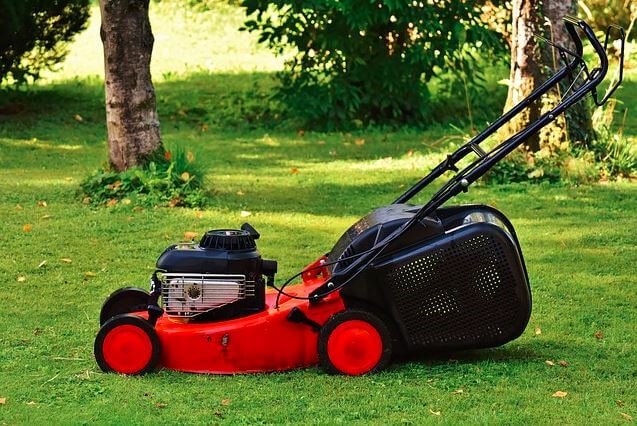
How the lawn mower blade is designed and configured may affect the load on the lawn mower’s engine. Hence, if the blades are not sharp enough or damaged, there’s a strain on the engine, reducing the machine’s torque.
Similarly, improperly-balanced blades can strain the mower’s engine and its components. In the process, they cause excessive wear, reducing torque and overall performance.
4. Engine Type
The type of the mower’s engine can impact torque. For example, a two-stroke will produce less torque. On the other hand, four-stroke engines have more torque at lower Revolutions Per Minute (RPMs).
In that context, four-stroke engines are the best for efficient and effective lawnmowers.
5. Fuel Quality
Fuel quality is a crucial factor when considering torque and engine performance. Also, the fuel’s octane rating determines whether the engine produces less or more torque.
The best practice is to use the recommended fuel types as instructed by the manufacturer. You need a proper fuel mixture to keep your mower on top of the game.
6. Terrain and Lawn Conditions
Generally, if the terrain is rough and rugged, your mower should be in top condition to effectively navigate and produce high-quality mowing results. However, such conditions tend to hamper blade efficiency and proper grass-cutting.
Tall, thick grass may require more torque than light, regularly maintained grass.
7. Maintenance
For the mower’s engine to function near-full potential, if not full potential, you should embrace regular maintenance. Some of the critical maintenance aspects include;
- Cleaning the air filter
- Changing oil regularly
- Inspecting components and ensuring they are properly functioning
With proper maintenance, your mower is likely to produce high torque.
8. Air/Fuel Mixture
Air-fuel mixture directly influences engine performance. The correct air-to-fuel ratio is crucial for optimum torque production.
When you tune the mower’s carburetor or fuel injection system, there’s the best chance of maximizing torque. The correct mixture improves engine combustion, providing the desired power output.
What Is the Relationship Between Torque and Horsepower?
The relationship between torque and horsepower is in the power an engine produces. Horsepower represents the engine’s power output, while torque denotes the rotational force of the blades resulting from engine power.
Usually, horsepower can be calculated using torque and RPM values. Hence, we can use the following equation to summarize the relationship between torque and horsepower:
Horsepower (HP) = Torque (T) X RPM (Revolutions Per Minute) /5252
Therefore, to determine the horsepower of a mechanical device like a lawn mower, it’s essential to know its torque rating and RPM.
As variables that interrelate, torque and RPM will increase horsepower if any of the two are increased. That said, horsepower will increase under the following situations;
- Increasing torque but maintaining RPM
- Increasing RPM and maintaining torque
All said, it’s vital to balance the two in the correct ratios for the best results. While higher RPMs can lead to faster blade speeds and, therefore, better-cutting performance, supplying it in excess without adequate torque can also reduce your mower’s cutting performance.
How Many HP Is 150CC Lawn Mower?
A 150cc lawn mower is a 7.5 horsepower machine. However, a good range would be 4.5 to 7.5 HP horsepower.
Nevertheless, note that the relationship between engine displacement – which is 150cc – and horsepower is not linear. This is because of the differences in factors like engine design, manufacturer, fuel delivery systems, compression ratio, and more.
That said, two small 150cc lawnmowers may have two different manufacturer specifications and varying horsepower ratings. The general rule of thumb maintains that every 5-6 cc usually gets converted into 1HP for supercars and other high-performance sports vehicles.
Furthermore, your ordinary or rather average cars have 1HP generating 7-20cc. On the contrary, large SUVs enjoy high-end features and specs and have engines that can deliver as much as 25-80cc in just 1HP.
Normally, the horsepower rating of a 150cc lawn mower can be earned. You’ll be good to go when you understand the HP rating of your lawn mower engine’s capability to cut grass.
As always, you can find the specs of a mower from the company website. Alternatively, use the manufacturer’s instruction manual to get the drill for using the mower.
You have to note that CC and HP are not the exact specifications. CC, or cubic centimeter, represents your engine’s displacement, while HP, or horsepower, refers to the power produced by your mower’s engine.
So, How Much Torque Does a Lawn Mower Have?
As we’ve discussed, a lawn mower’s torque is affected by several factors. A good way to determine your lawn mower’s torque is by considering its engine size, compression ratio, fuel quality, and engine type.
That said, remember, the higher the torque, the more powerful the lawn mower, and vice versa.
